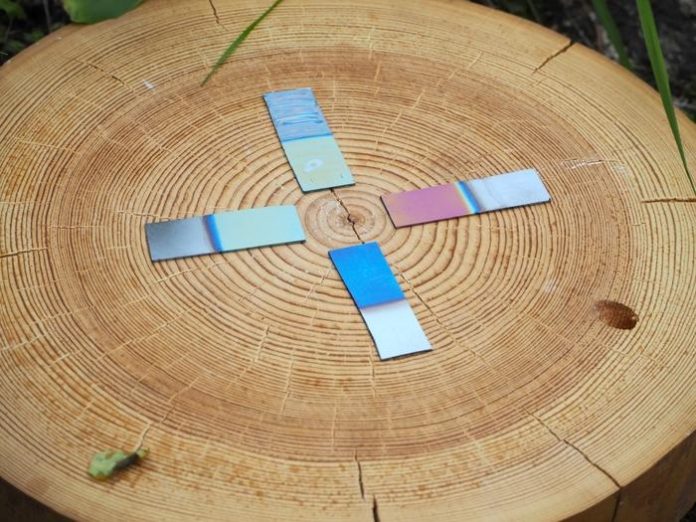
In a world racing towards eco-friendly solutions, researchers have made a groundbreaking discovery, converting waste material from wood into transparent coatings that can prevent fogging and reflection on glasses and vehicle windows.
This innovative solution is not only environment-friendly but also transforms waste into a valuable resource that helps in reducing carbon in the atmosphere.
Lignin, the waste material from wood utilized in this breakthrough, is often a by-product of paper and pulp production.
It’s usually difficult to process, leading it to be mostly burned to produce heat.
Now, researchers have found a way to use it to create coatings that are transparent and can be applied to various surfaces for anti-fogging and anti-reflective purposes, offering a green alternative to toxic synthetic materials traditionally used.
Scientists have been trying to use lignin particles for such applications, but making them into transparent films had been a challenge.
“We needed coatings to be clear, but creating thin lignin films that were invisible was proving difficult,” says Alexander Henn, the lead author of the study.
Henn and his team made significant advancements by using acetylated lignin, processing it in a way that was quicker and occurred at lower temperatures. They were surprised to discover that the particles they created from this processed lignin had remarkable properties, including the ability to create colored films. “We didn’t anticipate the ability to make photonic films, it came as a total surprise,” confesses Henn.
These innovative properties allowed the team to control the color of the films by manipulating the thickness of the coating and using multi-layer films, creating materials with varying structural colors. This ability, coupled with the unexpected photonic properties of the lignin particles, opened up new possibilities in application and utility of lignin-based products.
This revolutionary approach has significant commercial and environmental implications. The process is efficient, with a high yield, making it a viable option to be scaled up to industrial levels. “Products made from lignin could be commercially valuable and act as carbon sinks, reducing dependence on fossil fuels and decreasing carbon dioxide emissions,” says Professor Monika Österberg. This high value-added application is crucial in enhancing the worth of lignin, moving us away from using it merely as a fuel.
Henn emphasized the crucial role of teamwork in realizing this study’s impact, noting that the collaboration brought perspectives that stretched beyond laboratory confines. The study brought together experts in various fields, including lignin chemistry and photonic phenomena, which helped in understanding the results better and utilizing them effectively.
This study, published in Chemical Engineering, represents a stride towards a sustainable future, marrying innovation with environmental preservation.
It was conducted as part of FinnCERES, the Academy of Finland’s flagship center for materials bioeconomy research, exemplifying the relentless pursuit of eco-friendly solutions in science and technology.
This clear, lignin-based coating is a testament to the power of innovative green solutions, showing us that the quest for sustainability can lead to discoveries that are not only environmentally responsible but also commercially viable and revolutionary.
Follow us on Twitter for more articles about this topic.



